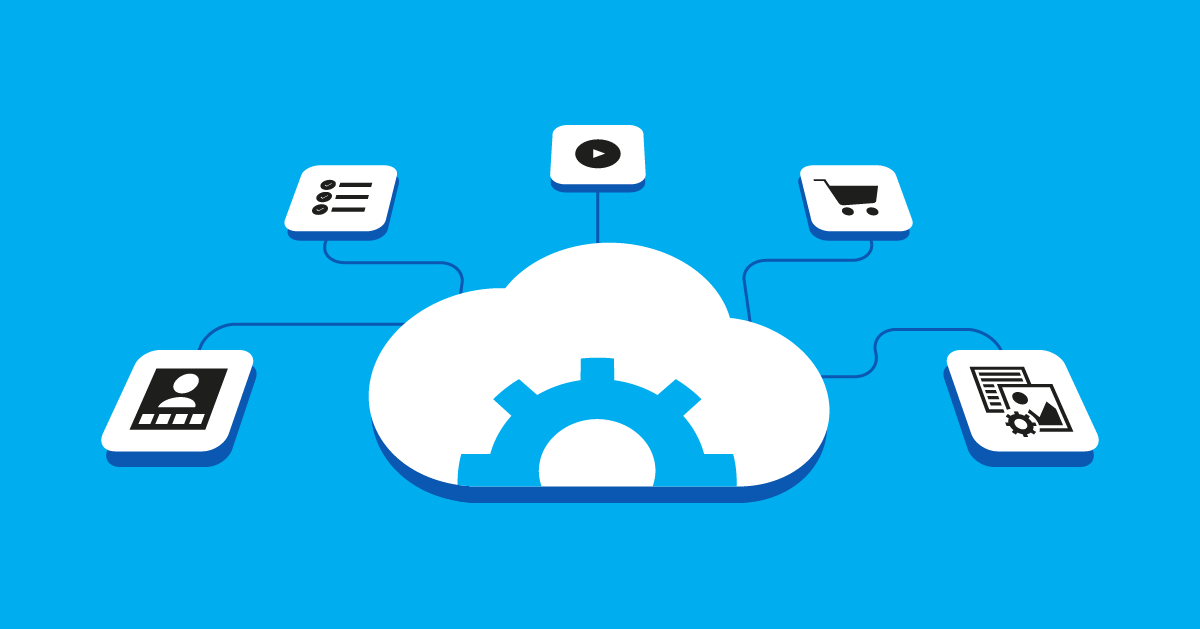What is Cloud Content Management (CCM)?
Today a large number of organizations use cloud content management systems to store their content/data. Cloud content management systems are platforms that manage, distribute, archive, modify, develop, and control information in a cloud-based hosting environment.
What is Cloud Content Management (CCM)?
Today a large number of organizations use cloud content management (CCM) systems to store their content/data. CCM systems are platforms that manage, distribute, archive, modify, develop, and control information in a cloud-based hosting environment. Such systems are user-friendly, which means people can use them on their websites without needing to learn any coding. They can be used to create and edit content, which helps with role-assigned administration, security, content workflow, and content coordination. Content is all the files and database information that the organizations use. Those files can be images, videos, PDFs, text documents, etc.
Switching to a cloud content management system is a very logical decision. Nowadays, a lot of information is being accessed and shared via mobile devices. Cloud content management systems allow organizations and their customers to seamlessly and quickly access all the relevant files. This in turn improves the organization’s agility and cost control.
Furthermore, cloud content management systems can function as a bridge that integrates all the different applications and systems organizations usually use – and all that without investing in additional infrastructure, like servers and networks.
More advanced, enterprise cloud content management systems provide additional functions as well. They include advanced security compliance governance and measures. Organizations need not only to be effective and profitable but also to follow regulations and mandates.

Why do you need Cloud Content Management solutions?
The data and content of all files of companies in the management system include valuable information such as budget reports, sales reports, product descriptions, business contracts, training materials or tutorials, sales-purchase spreadsheets, client records, and much more. For all businesses, this data is of the utmost importance to shape your future business strategies, and keeping them secure is also important, so the cloud is the best platform to keep the content safe.
What are the benefits of CCM?
There are many benefits of a cloud-based content management system for both enterprises and users working within them, helping to accelerate digital transformation efforts with more flexible implementation options.
From an enterprise perspective, CCM creates a viable path to the future by:
- Identifying and extracting the most value from content and data
- Managing and controlling information sprawl and avoiding isolated silos
- Ensuring efficient, seamless access to information for sharing and collaborating across the organization and within the external ecosystem of vendors, partners, and customers
- Achieving the flexibility and agility to meet ever-changing privacy, compliance, and security issues
For users who are more task or goal-focused, CCM offers a number of more tactical benefits:
- Quickly and easily access the most accurate information, wherever they are
- Automating and accelerating the classification and filing of newly created content
- Eliminating the need to jump from system to system to access the information they need to do their jobs
- Improving collaboration across functional groups by ensuring everyone has access to the most recent documents and the most current data
How Cloud Content Management is implemented
When implementing a cloud content management platform you have a choice between various cloud models.
- IaaS: The Infrastructure-as-a-Service (IaaS) model provides IT infrastructure such as compute and storage capacity on a subscription basis. IaaS is an alternative to on-premises infrastructure and provides easier control and scalability compared to on-premises data centers. IaaS provides infrastructure only and companies are responsible for hosting their cloud content management system on this infrastructure.
- PaaS: The Platform-as-a-Service (PaaS) model provides services beyond IaaS. These services also include operating systems (OS), databases, and software as a subscription. PaaS frequently provides additional software to manage and monitor the service. Essentially, PaaS gives developers a framework for building, launching, and managing applications.
- SaaS: The Software-as-a-Service (SaaS) model makes software available for immediate consumption. The SaaS vendor is entirely responsible for running its software. This means that SaaS customers do not need to concern themselves with managing any infrastructure, OS, or software versions.
- Hybrid Cloud: A hybrid cloud environment combines on-premises infrastructure and cloud, or a private cloud with a public cloud, enabling data to flow between the environments.

Conclusion
Successful cloud content management needs to extricate the greatest incentive from all information, make it available, and minimize the risk to the cycles and individuals who can utilize it. With the gigantic blast in the variety and volume of data, the cloud turns into the solitary cost-effective, and practical savvy choice to send your content management stage.